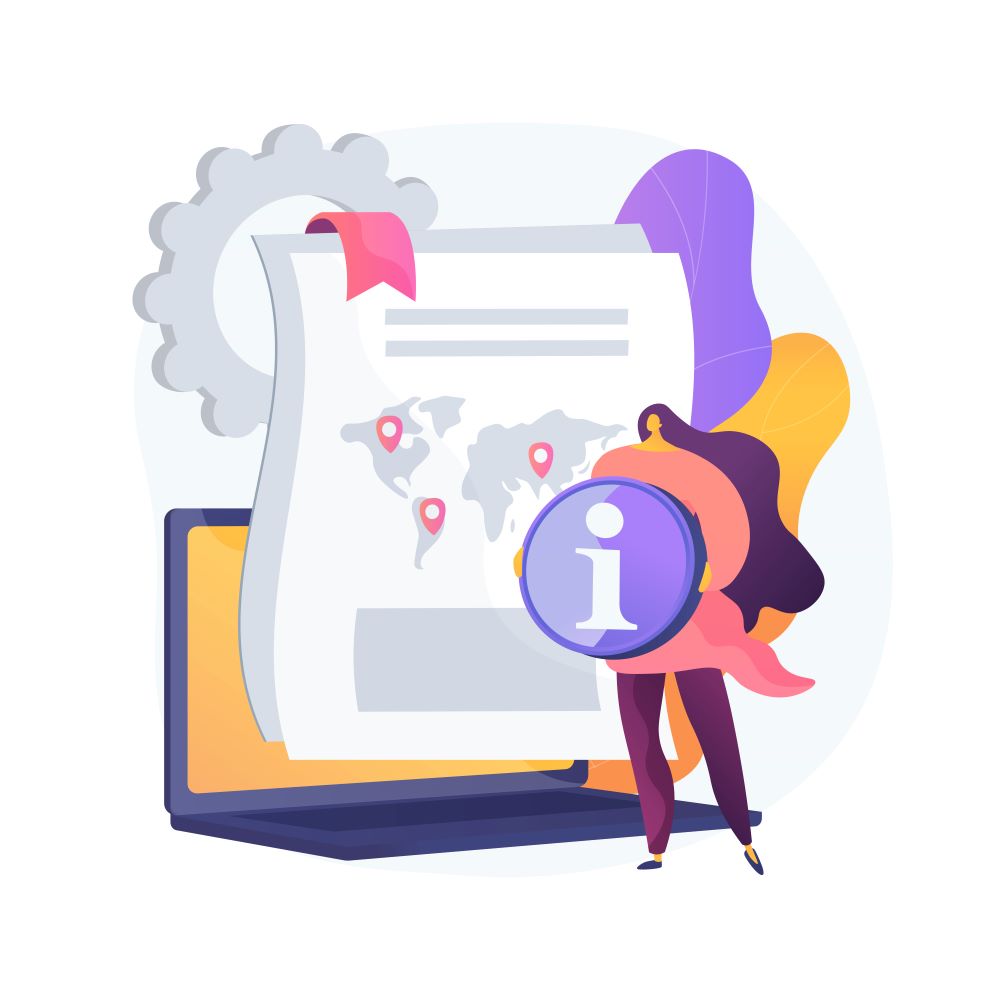As a translation agency, one of ITC’s objectives is to promote exchange and communication through linguistic diversity by offering multilingual translation services. That’s why we work with professional and experienced Slovenian translators to provide our clients with Slovenian translation services of the highest quality while meeting their expectations and complying with their requests and instructions.

Slovenian comes directly from Old Slavic, the first written Slavic language of the proto-Slavic language group that dates from the ninth century. The first recognized Slovenian dialect originates from the Freising Leaf (Brižinski spomeniki in Slovenian), a religious text using the Latin alphabet. While its exact date of creation is impossible to determine, it is estimated that it was written between 972 and 1039. This document is considered to be one of the oldest manuscripts written in Slovenian. A poem written by German mercenaries who took part in the suppression of the Slovenian peasant revolt of 1515 contains the first words printed in Slovenian: stara pravga (meaning “old justice”).
National Standard Slovene, still in use today, began to develop in the 18th century, while Standard Slovene, established between the 16th and 17th centuries, was divided into several groups of dialects, including Upper and Lower Carnolan. In Prekmurje, which was then administratively separated, another type of standard Slovene, strongly based on the regional dialect, was gradually established.
Slovenian (slovenski jezik or slovenščina, a term frequently confused with slovenčina, which refers to the Slovak language) is one of the southern languages. It is spoken by 2.5 million people around the world and is the official language for 1.85 million of them.
One of its peculiarities is that it is composed of a large number of dialects that are more or less intelligible among themselves. While the standard language is used in formal and public settings, the dialects, of which it is estimated that there are between seven and 50, are mainly used on a daily basis.
One of its other peculiarities is the dual grammatical number, which is a rarity in Indo-European languages. The word order is also very free and the language has two rules of accentuation and many declensions.
The Slovenian alphabet consists of 25 letters: a b c č d e f g h i j k l m n o p r s š t u v z ž, which can form 29 sounds. In addition, the language is composed of three grammatical numbers, six cases with eight declensions and three grammatical genders.

Speak the language of your customers, prospects, partners, and employees around the world with ITC Global’s full suite of solutions powered by our unique blend of talent and technology. Every language solution you need, from translation to AI technology.
Tailored to you. All in one place.
